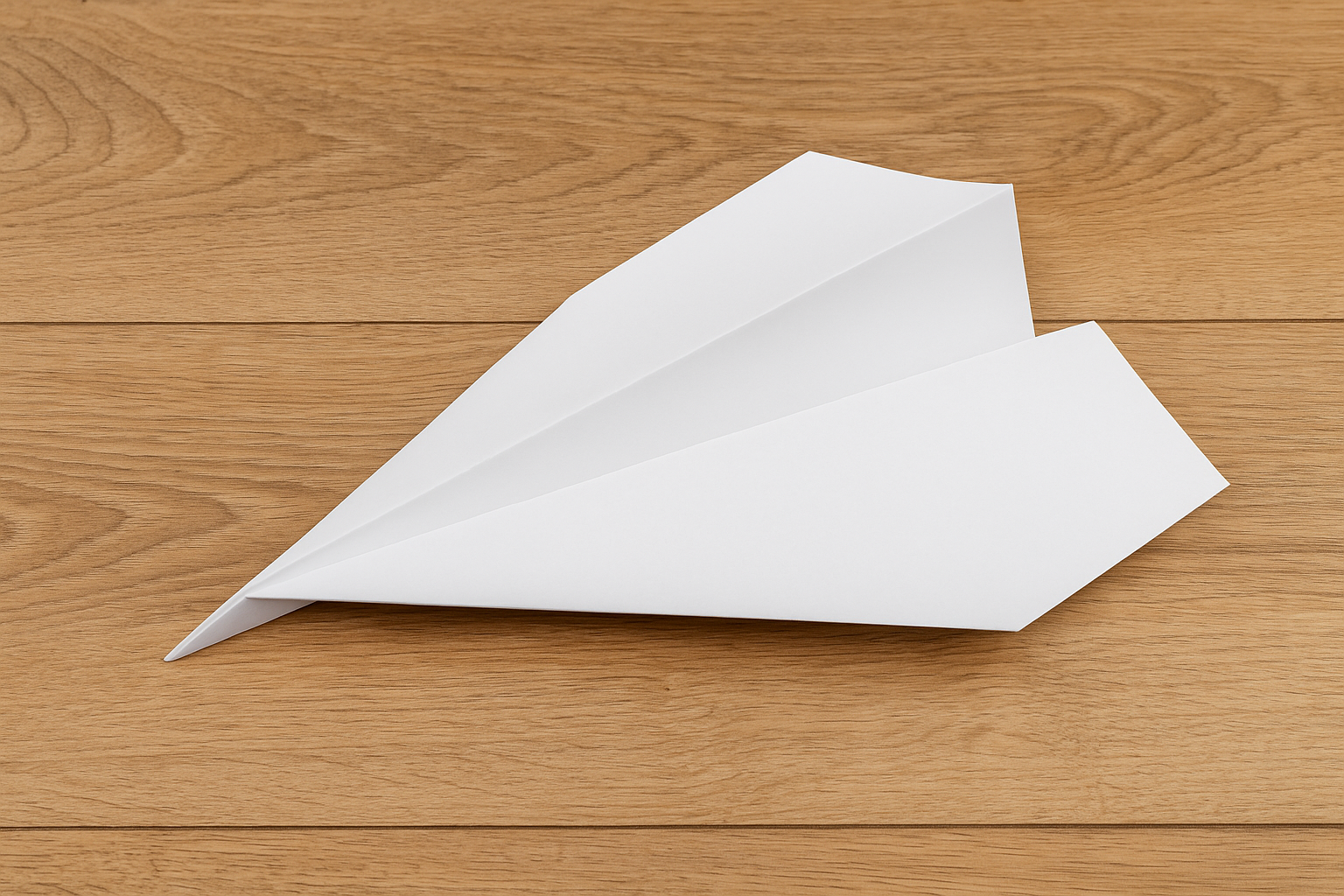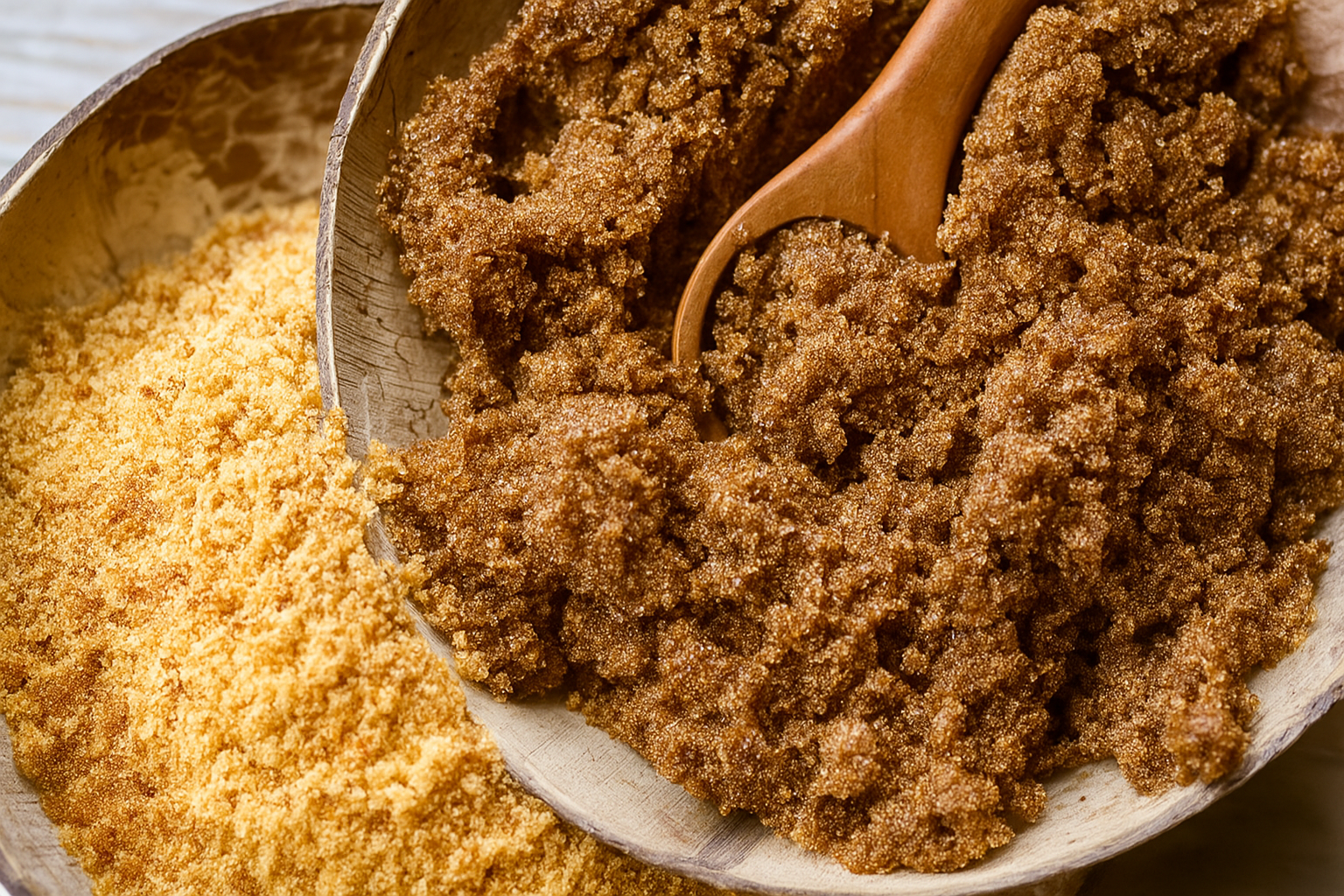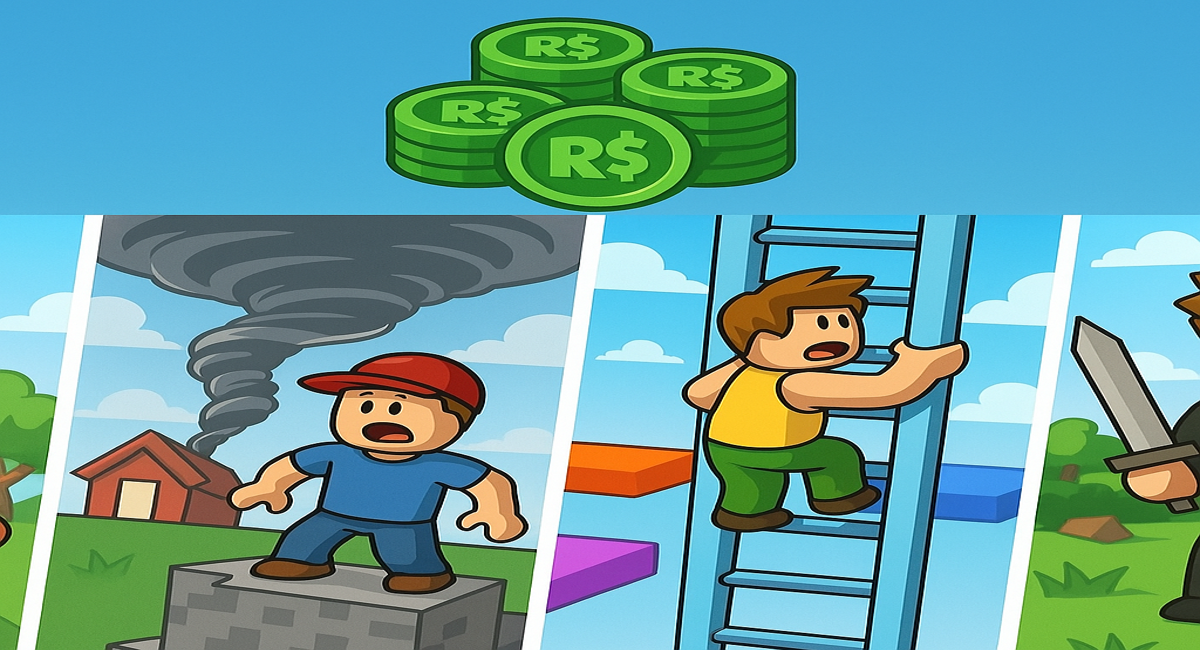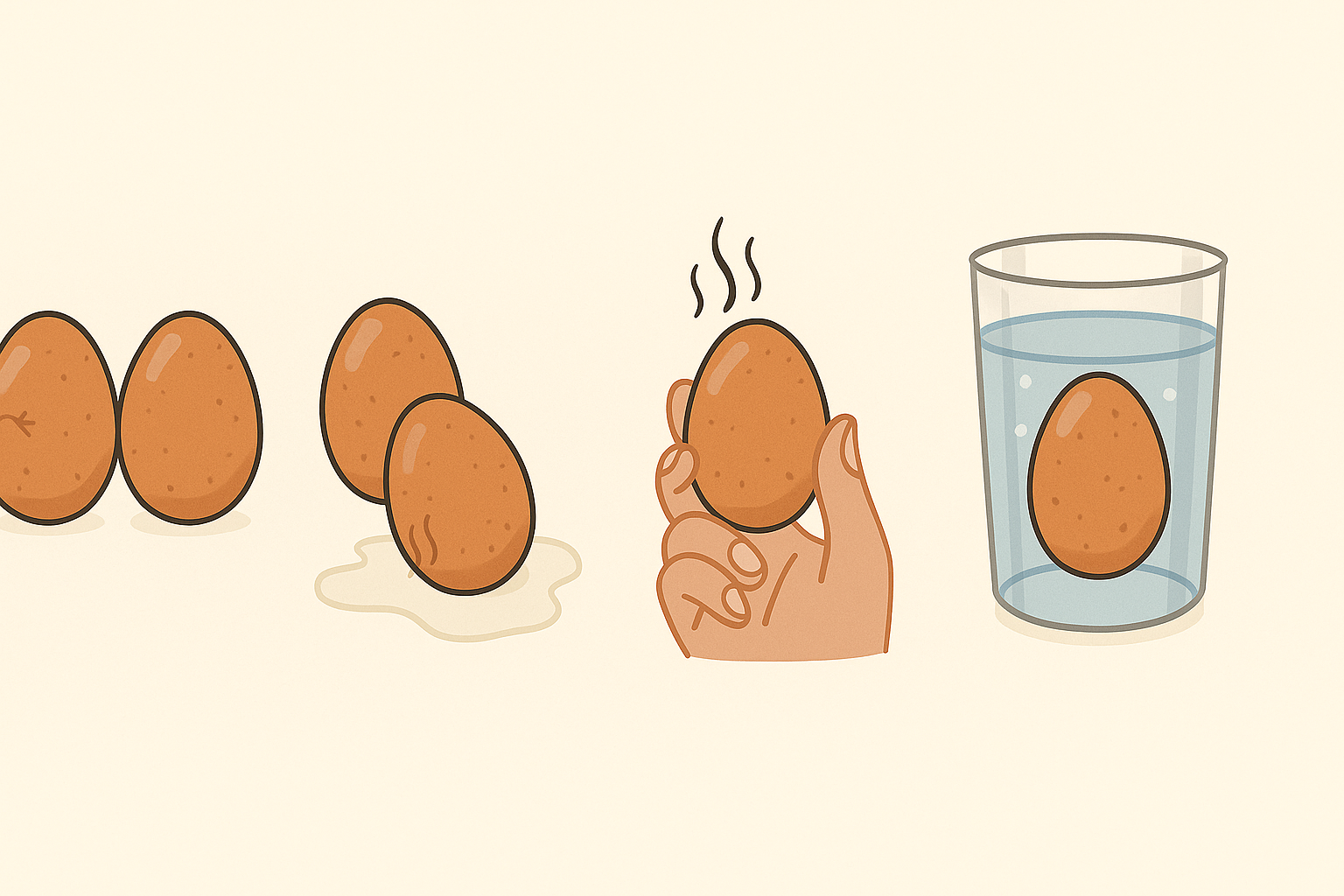Why Make a Paper Airplane?
Before diving into the how-to, let’s understand why paper airplanes are more than just folded paper:
- Fun and Free: You only need one piece of paper.
- Educational: Teaches basic aerodynamics, gravity, and flight principles.
- Creative: Endless ways to modify and improve your design.
- Bonding: A great activity for parents, teachers, and children.
A Brief History of Paper Airplanes
Paper airplanes are believed to have originated in ancient China or Japan, where early kites and paper crafts were invented. However, the modern version of paper airplanes that we know today became popular in the 20th century—especially after the Wright brothers’ first powered flight in 1903. Since then, people have experimented with shapes, folds, and even competitions!
Materials You’ll Need
You don’t need much to get started:
- 1 sheet of A4 or letter-sized paper (standard printer paper works best)
- A flat surface
- Optional: ruler, pencil, scissors (for advanced designs)
Step-by-Step: How to Make a Basic Dart Paper Airplane
This is the classic and most popular design—fast, sleek, and easy.
Step 1: Fold in Half Vertically
- Take your paper and fold it in half lengthwise (hot dog style).
- Crease it firmly, then unfold.
Step 2: Fold the Top Corners to the Center
- Fold the top-left and top-right corners down so they meet at the center crease.
- You’ll now have a triangle at the top.
Step 3: Fold the Angled Edges In Again
- Take the newly formed angled edges and fold them toward the center again.
- The tip should now look sharper, like a long triangle pointing down.
Step 4: Fold in Half Again
- Fold the plane in half along the original center crease.
- Now you should see one sleek edge.
Step 5: Create the Wings
- Take one side of the folded paper and fold it down toward the bottom edge.
- Repeat on the other side so the wings are symmetrical.
- Make sure both wings are flat and even.
Step 6: Adjust the Wing Tips (Optional)
- Fold small tabs upward or downward at the ends of each wing to improve flight stability.
Done!
You’ve just made a classic dart paper airplane. Give it a test flight!
Troubleshooting: Why Isn’t My Plane Flying Well?
- It nosedives → Try folding the wings slightly upward.
- It spirals → One wing may be folded unevenly. Re-crease carefully.
- It crashes quickly → Use thinner paper or check that your folds are sharp and symmetrical.
- It flies too slow → Try a sharper nose or use stiffer paper for less drag.
Other Popular Paper Airplane Designs
Once you’ve mastered the basic dart, try experimenting with these styles:
1. The Glider
- Wide wings, slow and long-distance flight.
2. The Bulldog
- Compact, heavy front, short-range but fast.
3. The Stunt Plane
- Wing tips curled up or down for flips and spins.
Each design teaches you something new about weight distribution, lift, and air resistance.
Tips to Improve Your Paper Airplane
- Use quality paper: Not too thick, not too flimsy.
- Make sharp folds: Use a ruler or fingernail to press folds tightly.
- Experiment with sizes: Smaller planes might fly differently than larger ones.
- Throw gently: Too much force can make the plane spiral out of control.
Science Behind Paper Airplanes
Paper airplanes rely on four basic principles of flight:
- Lift: Generated by wings pushing air downward.
- Thrust: Your arm throwing the plane provides thrust.
- Drag: Air resistance slows the plane down.
- Gravity: Pulls the plane downward.
Understanding these concepts makes building and improving paper airplanes even more fascinating!
Fun Activities You Can Do
- Distance Competition: Who can throw the farthest?
- Airtime Challenge: Who’s plane stays in the air longest?
- Target Practice: Set up cups or hoops and try to fly your plane through them.
- Decorate Your Plane: Use colors, stickers, or markers to personalize it.
World Records for Paper Airplanes
Did you know?
- The longest flight distance for a paper airplane is over 226 feet (about 69 meters).
- The longest air time is more than 27 seconds.
- Some competitions are held yearly in schools and universities around the world!







Leave a Reply